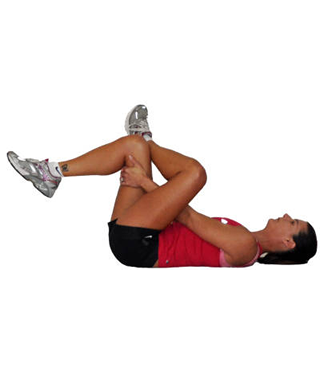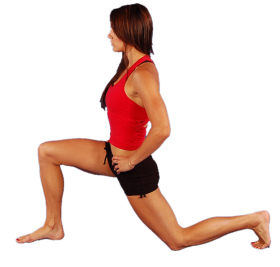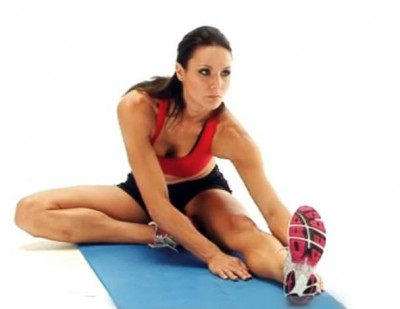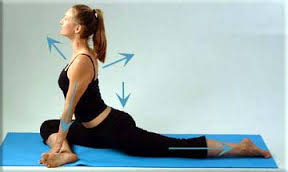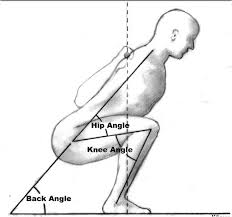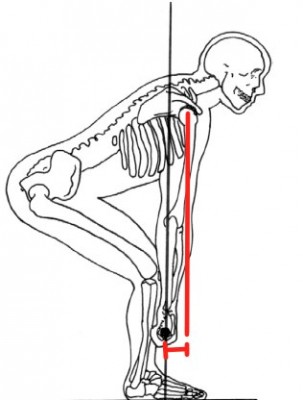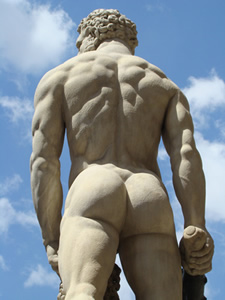
I like big butts – In honor of the Glutes
I can’t lie, strong glutes are one of the most important muscle groups in the body. However, thanks to our modern sedentary lifestyles, buns of steel can be hard to come by, even in a fit, healthy, gym junkie population. Whether you’re battling back pain or struggling to make significant athletic gains, daily glute activation and strengthening should be part of your routine. It should be as routine as brushing your teeth.
The problem is, we sit on this magnificent muscle group most of the day and the majority of us have done so from an early age. We loose function and mobility in the hips, and the glutes start going to sleep. Sitting compresses the gluteal tissue to the point where it becomes hypoxic (low in oxygen). This hypoxic environment is ideal for fibrotic tissue formation, and decreasing the efficiency of nerve conduction to the contractile tissue of the glutes. They become slow, and weak, failing to drive movement from the legs to the body and from the body to the legs. Instead, our lower back becomes tight, the knees start to break down and balance and function suffer as a whole.
If you are a sedentary worker and you suffer from back pain or you are just struggling to make real gains with your training, you can be pretty certain that your Gluteus Maximus and its buddies are implied. Putting in some real effort to get reacquainted with your rear end will make a huge difference, guaranteed. The best way to bullet proof your body (mainly your low back and pelvic region) from pain and dysfunction is to keep mobile and active throughout the day. As a chiropractor, its easy, but if you’re sitting 40+ hours a week you are going to need to use more advanced techniques. The fact is, the more you sit, the more activation you will need in your routine.
Getting your arse into gear… Mobility, Stability, Strength
Mobility
Stretching the glutes, the hip flexors and the hamstrings is a great place to start. Without adequate mobility, you will not be able to activate your glutes sufficiently to be effective.
The King of hip openers is the Pigeon Pose
Once your hips are moving more, it’s time to work on your stability and strength.
Stability
A great way to improve hip stability and motor control is by building up through various postures using graduated levels of assistance and resistance. For example, if we look at straight hip extension, we might start with a hip raise/ glute bridge progression. Glute Bridge PDF
Next we would repeat the movement (hip extension) in a crawling posture with a quadruped progression. Quadruped PDF
Following that we might try kneeling hip extensions then finally move to standing posture, to practice standing hip hinges. Hip Hinge PDF
By this stage, your butt is mobile and stable, and it coordinates well with the rest of the body through complex movements. For most people, this is enough to get you great results with general pain and stiffness in your back or legs. But, if you are looking for great performance gains or to take your fitness to the next level, a solid routine involving resistance and strength training for the glutes can’t be beaten.
Strength
The Dead Lift, Squat, Split Squat, Single Leg Dead Lift, Bulgarian Split Squat, Box Jumps and Hill Sprints are some of my personal favorites for straight hip extension strength and performace. Butt, it’s important to remember, the glutes are involved in loads of other movements. Think about using them in all types of movement. Lateral Lunges, Rotations and combinations of these will help form a complete, balanced and functional strength routine.
For advice on any of the exercises mentioned here, be sure to ask at your next appointment or send an email – info@progressivechiro.com.au
